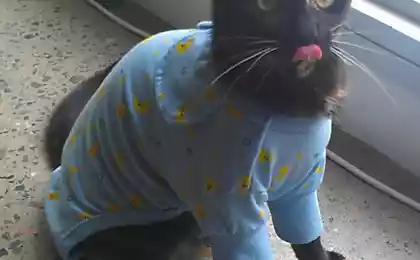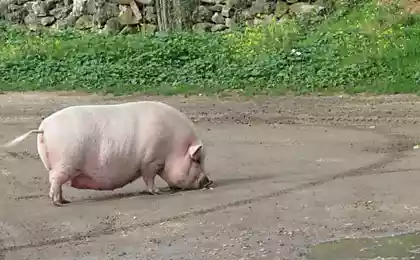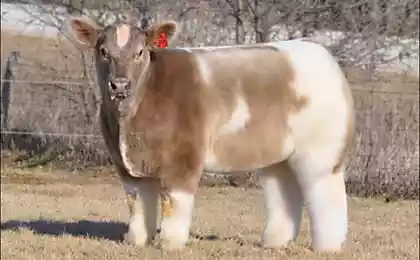491
My mimimetr burned
Tamandua anteater cub from a zoo in Denver
4 photos and some text
This cute young Southern Tamandua, born at the zoo in Denver (Denver Zoo) March 7 alive thanks to the dedicated work of rangers and veterinarians Zoological Park.
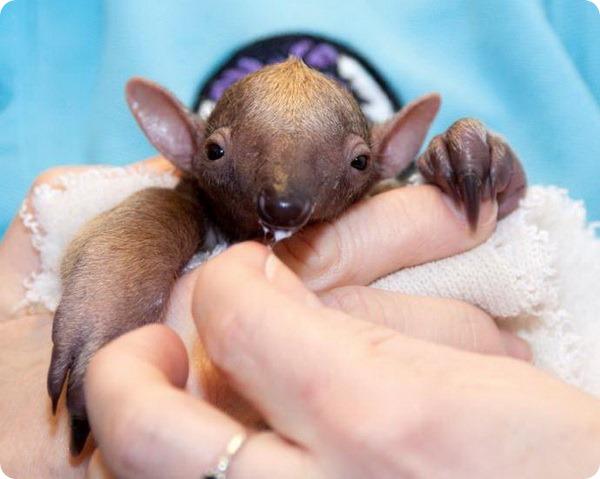
Mother of the crumbs, which gave the name of the Cayenne has become the female tetradigitate anteater named Rio. As the curator of the wildlife park, the baby is the first offspring of the Rio, so the newly formed mother was not quite ready for her new responsibilities.
Some concerns have taken the people who look after a newborn baby 24 hours a day. Rangers have noticed that the baby becomes every day weaker and weaker. After inspection, they realized that the little Aardvark is not enough mother's milk, and began further to lure him formula from a bottle.
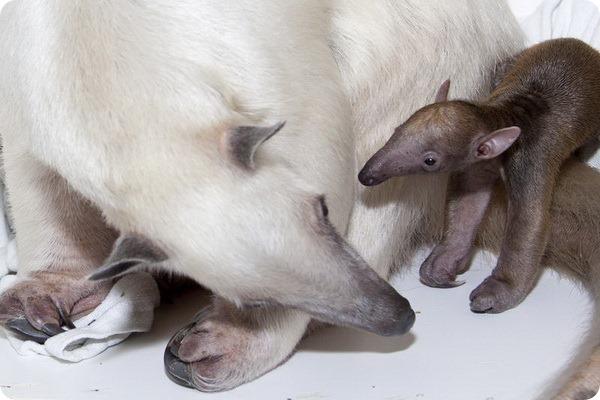
- Rio became a mother for the first time, - says one of the caretakers - it simply does not have enough experience, but in the future we hope that things will change for the better. We do our best to Rio moved closer with her newborn cub and gradually we all get. Maternal instinct in Rio is getting stronger and stronger.
Cayenne and her mother spend more time together, which indicates positive dynamics in their relationship. - We are helped by experts from other zoos that are experiencing similar problems, - says Christine Smith (Kristin Smith.), General manager of the Denver Zoo. - They tell us how to act, a mixture of feed and how to renew the relationship between the mother and her offspring.
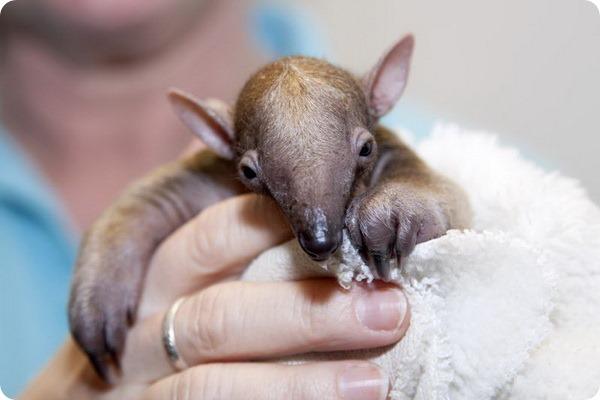
- I think we did it! - Glad Ms. Smith. - Rio was a good mother and the little girl began to pay more attention. Now they spend time together. That's the real success of our team! If similar happened in the wild, the baby probably would have died in the first days of his life.
South tetradigitate anteaters or southern Tamandua (lat. Tamandua tetradactyla) - muravedovyh mammal of the family, genus - tetradigitate anteaters. Are the inhabitants of Brazil, Chile, Paraguay, and in the eastern part of Peru, Bolivia and Colombia, where they are found at an altitude of 2 thousand meters above sea level.
I have everything))
Stolen here
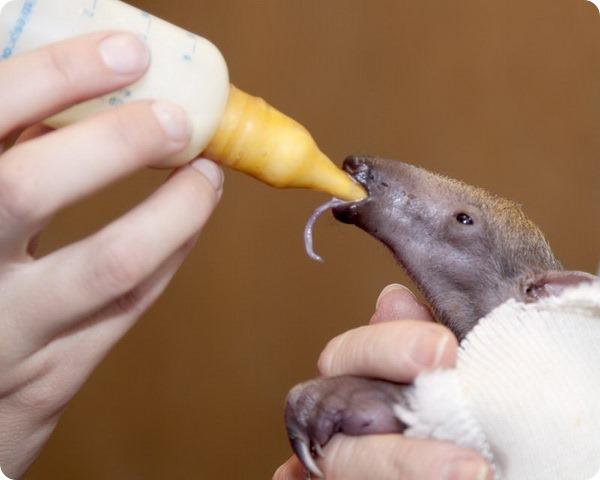
Source:
4 photos and some text
This cute young Southern Tamandua, born at the zoo in Denver (Denver Zoo) March 7 alive thanks to the dedicated work of rangers and veterinarians Zoological Park.

Mother of the crumbs, which gave the name of the Cayenne has become the female tetradigitate anteater named Rio. As the curator of the wildlife park, the baby is the first offspring of the Rio, so the newly formed mother was not quite ready for her new responsibilities.
Some concerns have taken the people who look after a newborn baby 24 hours a day. Rangers have noticed that the baby becomes every day weaker and weaker. After inspection, they realized that the little Aardvark is not enough mother's milk, and began further to lure him formula from a bottle.

- Rio became a mother for the first time, - says one of the caretakers - it simply does not have enough experience, but in the future we hope that things will change for the better. We do our best to Rio moved closer with her newborn cub and gradually we all get. Maternal instinct in Rio is getting stronger and stronger.
Cayenne and her mother spend more time together, which indicates positive dynamics in their relationship. - We are helped by experts from other zoos that are experiencing similar problems, - says Christine Smith (Kristin Smith.), General manager of the Denver Zoo. - They tell us how to act, a mixture of feed and how to renew the relationship between the mother and her offspring.

- I think we did it! - Glad Ms. Smith. - Rio was a good mother and the little girl began to pay more attention. Now they spend time together. That's the real success of our team! If similar happened in the wild, the baby probably would have died in the first days of his life.
South tetradigitate anteaters or southern Tamandua (lat. Tamandua tetradactyla) - muravedovyh mammal of the family, genus - tetradigitate anteaters. Are the inhabitants of Brazil, Chile, Paraguay, and in the eastern part of Peru, Bolivia and Colombia, where they are found at an altitude of 2 thousand meters above sea level.
I have everything))
Stolen here

Source:







